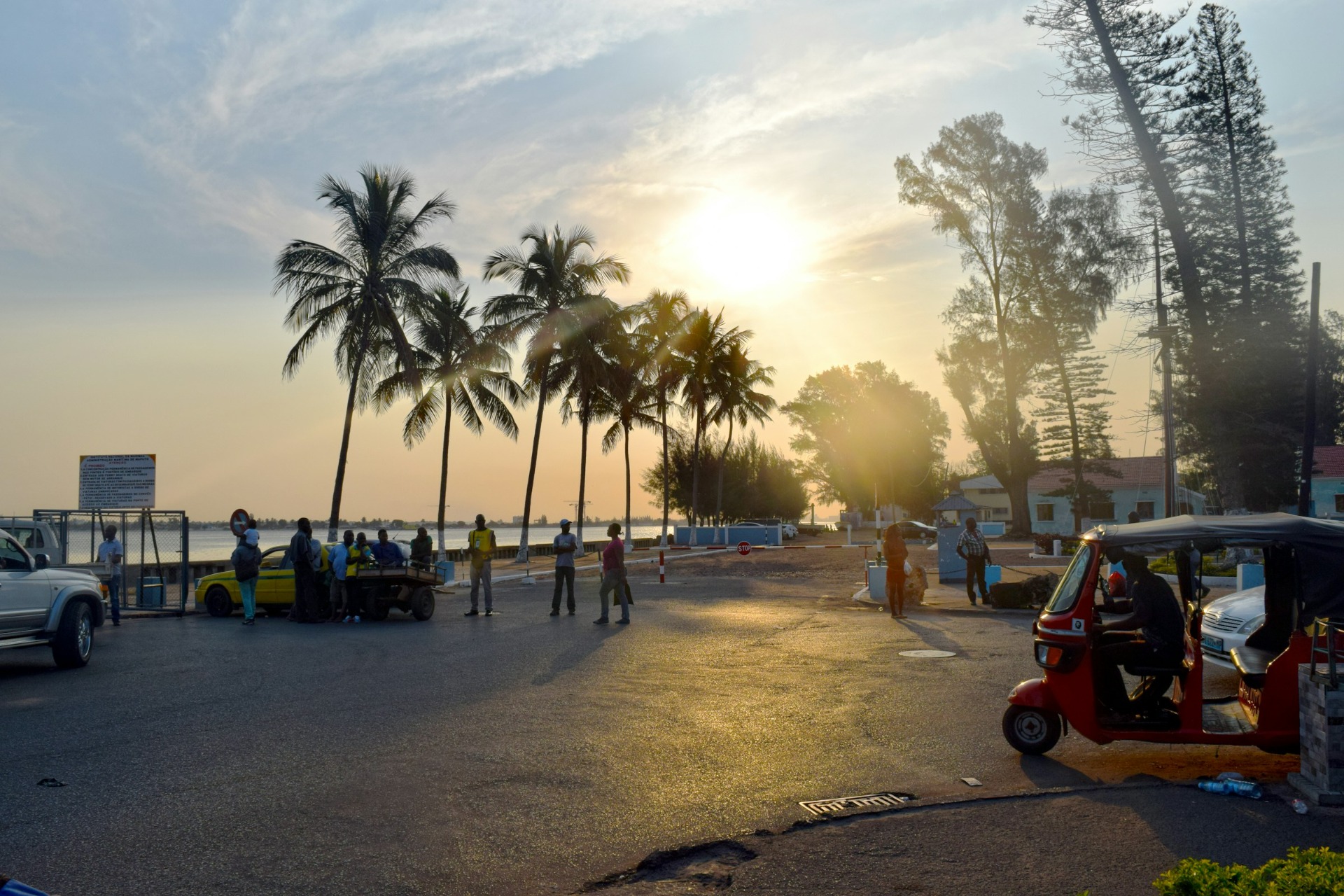
Mozambique travel from south africa how to avoid Border Congestion
Navigating the Gateway: A Guide to Mitigating Border Congestion and Timing Restrictions
Travelers planning overland trips to Mozambique frequently cite severe border congestion and strict timing restrictions as their main operational concerns. This risk is particularly acute at the main N4 corridor (Lebombo/Ressano Garcia) and the tourist-focused Kosi Bay crossing. By employing strategic timing and meticulous planning, travelers can significantly mitigate the risk of experiencing extreme delays and being turned away at the gate.
1. Strategy for the Main Gateway: Lebombo / Ressano Garcia
The Lebombo (South Africa) / Ressano Garcia (Mozambique) border post is the primary commercial artery and is defined by its high traffic volume, which can lead to volatility in waiting times.
A. Targeting the Optimal Crossing Window
The greatest defense against congestion on the N4 corridor is strategic timing.
- Avoid Peak Congestion: Extreme delays have been historically documented, sometimes escalating to an unprecedented 60 hours on the South African side during periods of severe commercial bottlenecks. Queues on the approach road (N4) frequently span between 7 and 15 km.
- Utilize Midday Transit: The Mozambican Consulate advises travelers to prioritize crossing during the midday period, specifically between 9:30 AM and 1:30 PM. This window is recommended because there is a significant reduction in high-volume traffic, particularly public transport and cargo trucks, which usually dominate the queues in the early morning and late afternoon.
- Weekend and Early Morning Strategy: Weekends and holidays can be very busy. If crossing on a weekend, it is best to arrive very early, around 8:00 AM.
- Seasonal 24-Hour Operation: The standard hours for Lebombo are 06:00 to 24:00 (midnight). However, during peak festive seasons—specifically Easter and mid-December to mid-January—the border is often extended to operate 24 hours a day for passenger traffic to handle the influx of travelers.
B. Mitigating Operational and Safety Risks
Protracted delays expose travelers to security hazards, necessitating careful trip planning.
- Avoid Night Travel: Long queues and bureaucratic bottlenecks sometimes force citizens to risk taking night trips back to Mozambique, which favors crime, including armed robberies. Travelers are strongly advised to restrict road travel to daylight hours to mitigate the increased risk of banditry, security threats, and poor road conditions after dark.
- Monitor Political Alerts: The Lebombo/Ressano Garcia corridor is susceptible to geopolitical risks, as election-related protests or political tensions in Ressano Garcia can cause instantaneous operational shutdowns and massive congestion backlogs. Travelers should monitor official communication channels for real-time alerts if political instability is reported prior to or during their travel.
- Be Patient: Given the capacity limitations and congestion, patience is crucial. Traffic officers will issue fines and may send queue jumpers back to the end of the line.
2. Strategy for Tourism Corridors: The Hard Closure Rule
The Kosi Bay, Giriyondo, and Pafuri crossings operate on strictly limited hours, making timing failure an absolute barrier to entry.
A. Kosi Bay / Ponta do Ouro
The Kosi Bay / Ponta do Ouro border post operates on strictly enforced hours of 08:00 to 17:00 daily.
- Mandatory Early Arrival: Travelers are explicitly warned, "DO NOT BE LATE!" as the border closes strictly at 5:00 PM on the hour. To ensure all procedures are completed, travelers must plan to arrive well before 4:00 PM (16:00). Arriving late risks refusal of entry and an unplanned overnight stay.
- Buffer Time is Essential: Travel time from major cities (like Johannesburg, 7–8 hours) is often unreliable due to unstable road variables such as potholes, commercial truck volume, and cattle on the road. These factors can easily extend the journey, causing late arrival at the 17:00 hard closure.
B. Giriyondo and Pafuri
These specialized crossings serving the Transfrontier Parks also enforce hard, limited operating hours.
- Seasonal Variation: Giriyondo border post closes earlier in the cooler months, operating from 08:00 to 16:00 during October–March, but closing at 08:00 to 15:00 from April–September.
- Internal Transit Constraints: Travelers using Giriyondo must arrive early because failure to reach the facility before the strict closing time mandates an overnight stay at the closest KNP camp, as travel after normal gate closing times is prohibited under KNP regulations. Due to the corrugation of roads inside Limpopo National Park (LNP), the journey across a short distance (approx. 68km) can take up to three hours.
3. General Mitigation and Preparedness Checklist
To streamline the crossing experience and minimize administrative time that contributes to delays:
- Documentation Rigor: Ensure all personal and vehicle documents (passports, certified papers, insurance, etc.) are complete and readily accessible to facilitate faster processing. Keep a few pens handy for completing paperwork, as they are rarely supplied at the posts.
- Plan for Peak Season (Early Booking): Congestion is severe during the Christmas festive season and Easter holidays. Travelers serious about holiday planning are highly suggested to start placing inquiries months in advance (e.g., enquiring no later than October for the December holidays).
- Physical Preparedness: Due to the risk of waiting in queues for extended periods (up to six hours is noted for holidays), travelers should pack enough water, food, and toilet paper.
- Avoid "Runners": Strictly decline any assistance offered by unauthorized locals or "runners" at the border. These individuals are not government officials and engaging with them often contributes to delays, scams, and complications.
Analogy: Managing the timing restrictions at the smaller border posts, like Kosi Bay, is like trying to catch a small local ferry: the schedule is rigid, and if you miss the specific departure time, no amount of money or shouting will make the boat return for you until the next day. Conversely, managing the Lebombo corridor is like navigating rush-hour traffic on a major city highway: the road is always open, but your speed and safety depend entirely on choosing the optimal time window to slip through the chaos.